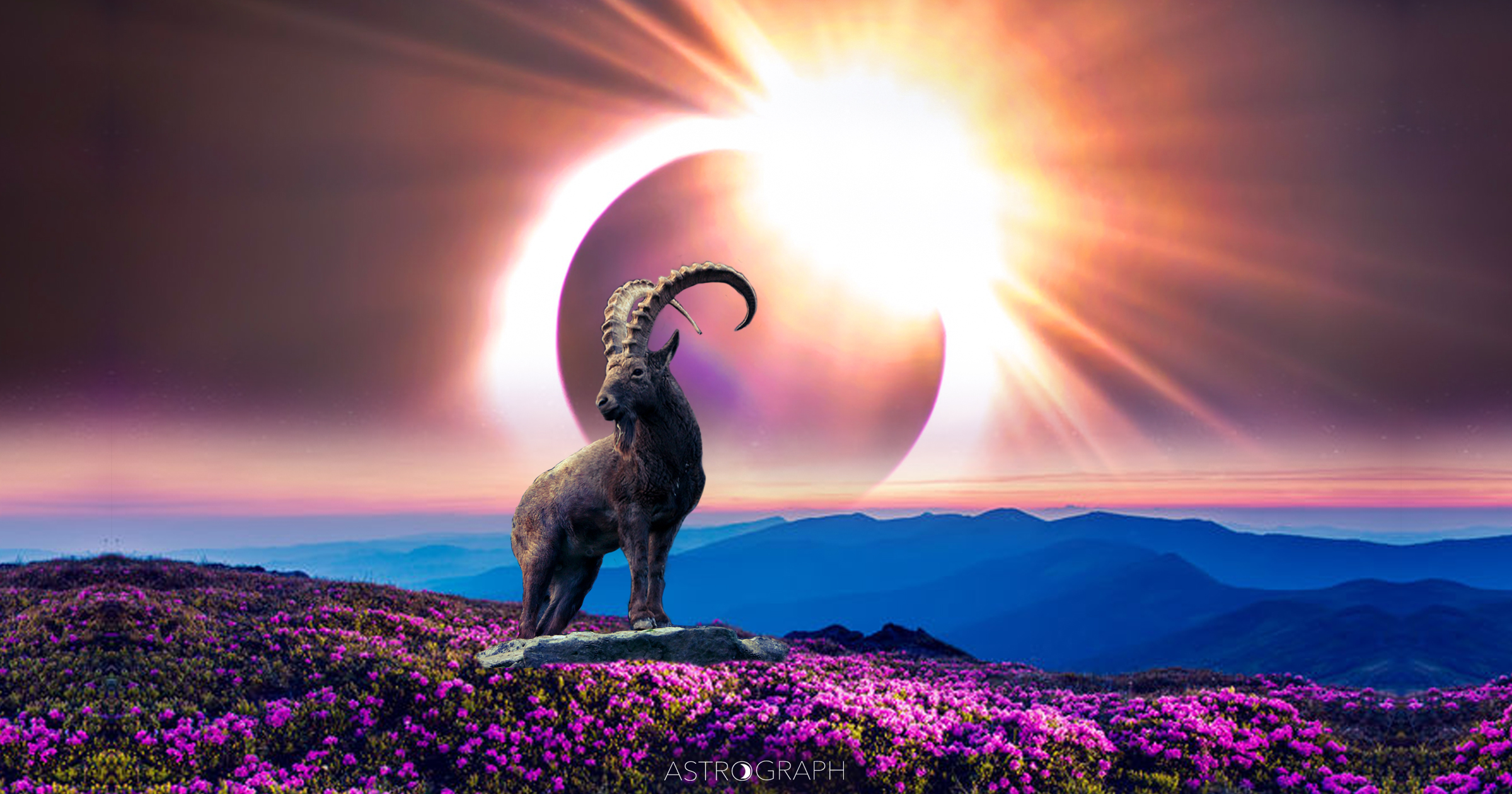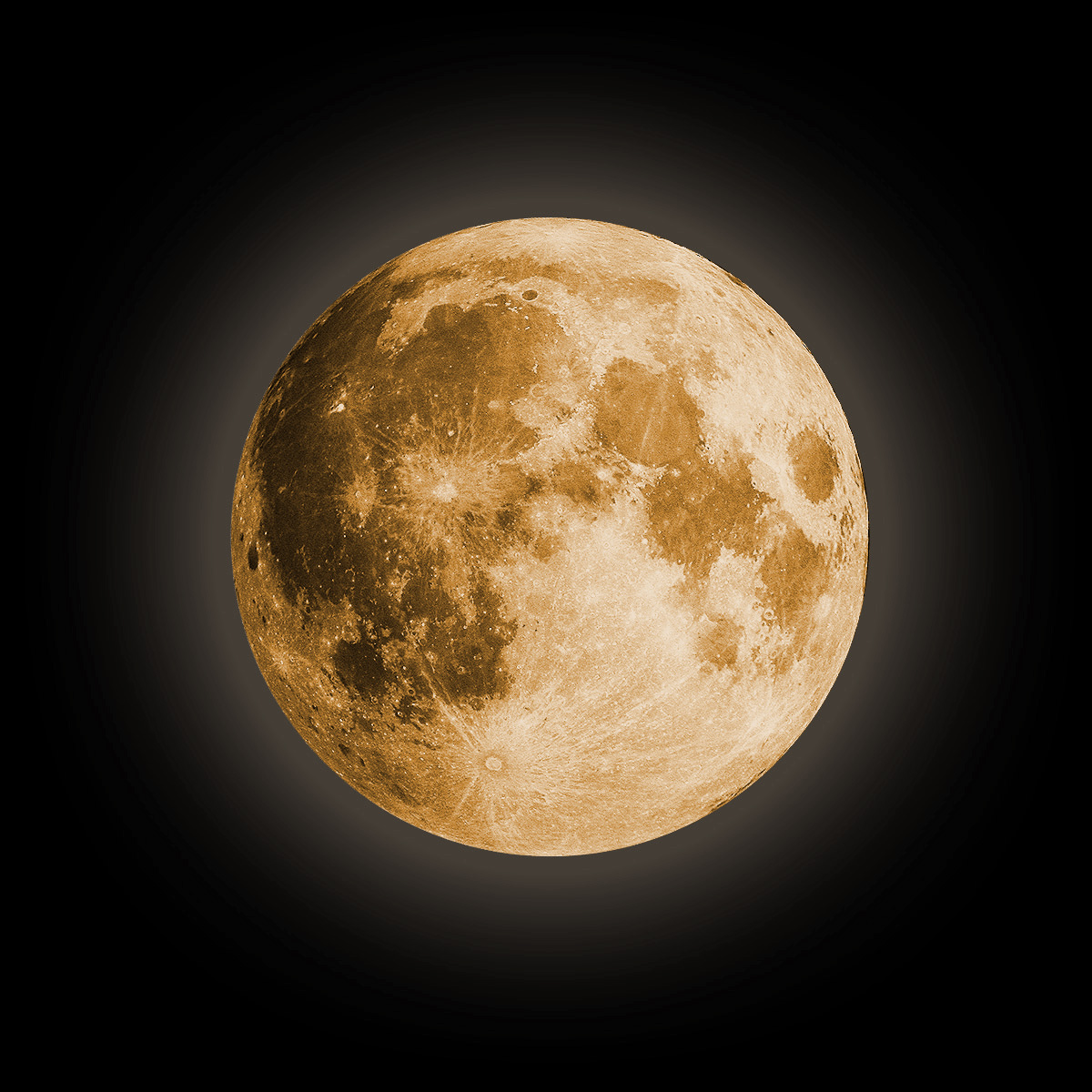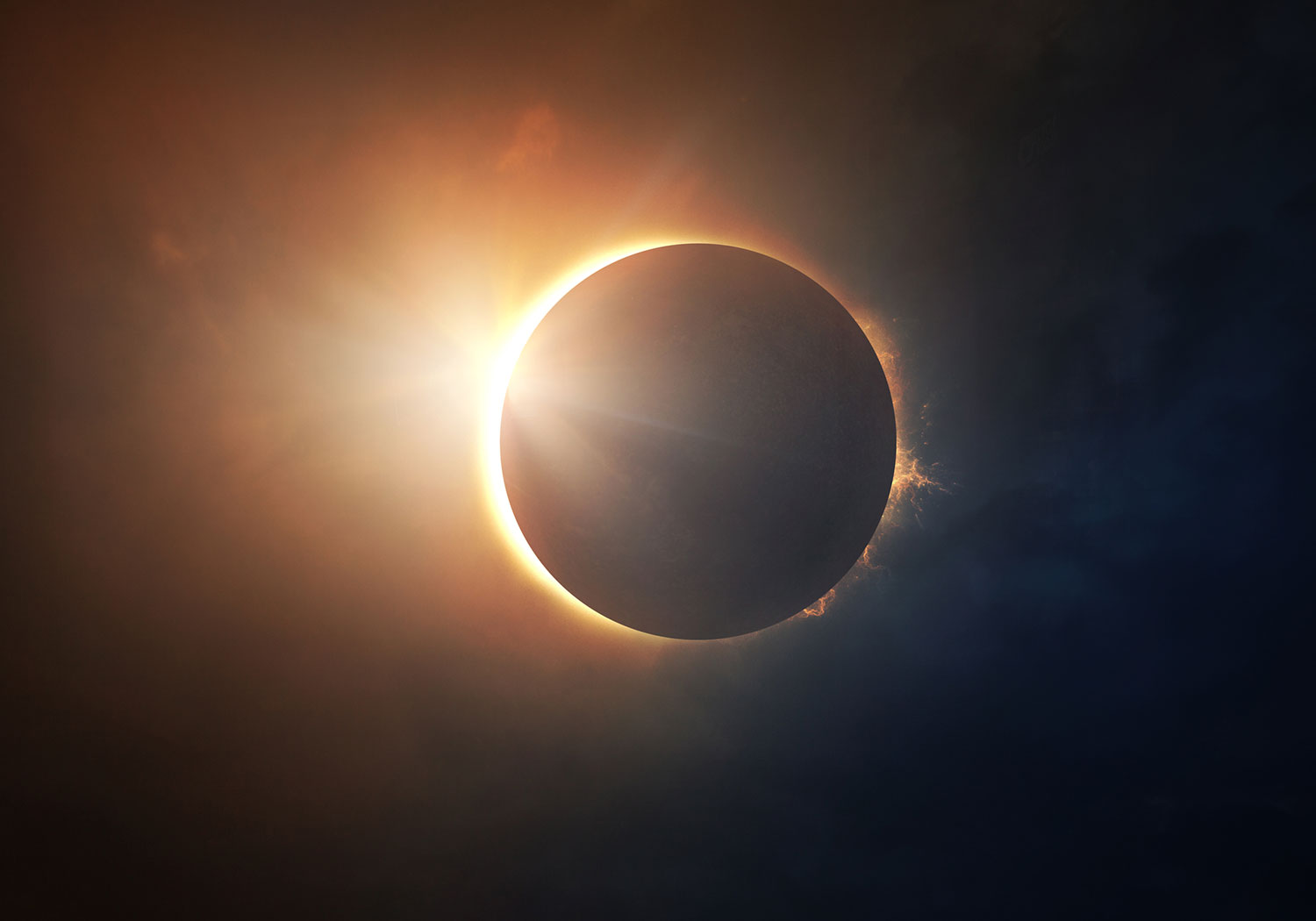
Mission controllers shut down most instruments to conserve energy. The solar-powered orbiter also falls in Earth's shadow, cutting it off from the source of its power. Lunar eclipses can be a science boon and engineering challenge for orbiting spacecraft, such as NASA's Lunar Reconnaissance Orbiter. Here are 10 suggestions for making the most of a moonlit night with your camera.
#Moon eclipse download#
More details and download options ›Ĭapturing the Moon with a camera is one of the most satisfying-and challenging-projects available to an outdoor photographer.
#Moon eclipse full#
During these rare events, the full Moon rapidly darkens and then glows red as it enters the Earth's shadow. It's not often that we get a chance to see our planet's shadow, but a lunar eclipse gives us a fleeting glimpse. Back home, you'll have to stay up late to watch a lunar eclipse, but if you do you'll see the Moon in rare form, and you'll catch a brief glimpse of our own planet's long shadow. In fact, if you watched the eclipse from the surface of the Moon, you'd see the Sun set behind the entire Earth, bathing you in a warm red glow. Once it's entirely within the umbra, the Moon appears a dim red due to sunlight scattered through the Earth's atmosphere. About twice a year, this puts the Moon in just the right position to pass through the Earth's shadow, causing a lunar eclipse.Īs the Moon passes into the central part of the Earth's shadow, called the umbra, it darkens dramatically. Throughout the year, the Moon's orbital tilt remains fixed with respect to the stars, meaning that it changes with respect to the Sun. But if that's the case, why do eclipses happen at all? The reason is that the Moon's orbit around the Earth is tilted relative to the Earth's orbit around the Sun. So why don't eclipses happen twice a month? Credit: NASA/Bill IngallsĪ lunar eclipse occurs when the Moon passes through the Earth's shadow, just as a solar eclipse occurs when part of the Earth passes through the Moon's shadow.

From there, an observer during an eclipse would see all Earth's sunrises and sunsets at once.Ī composite of seven images shows the full Moon at perigee, or supermoon, during a total lunar eclipse on Sunday, Sept. This is because the only remaining sunlight reaching the Moon at that point is from around the edges of the Earth, as seen from the Moon's surface.



When sunlight hits off the Moon's far side - the side we can't see without from Earth the aid of a spacecraft - it is called a new Moon.


 0 kommentar(er)
0 kommentar(er)
